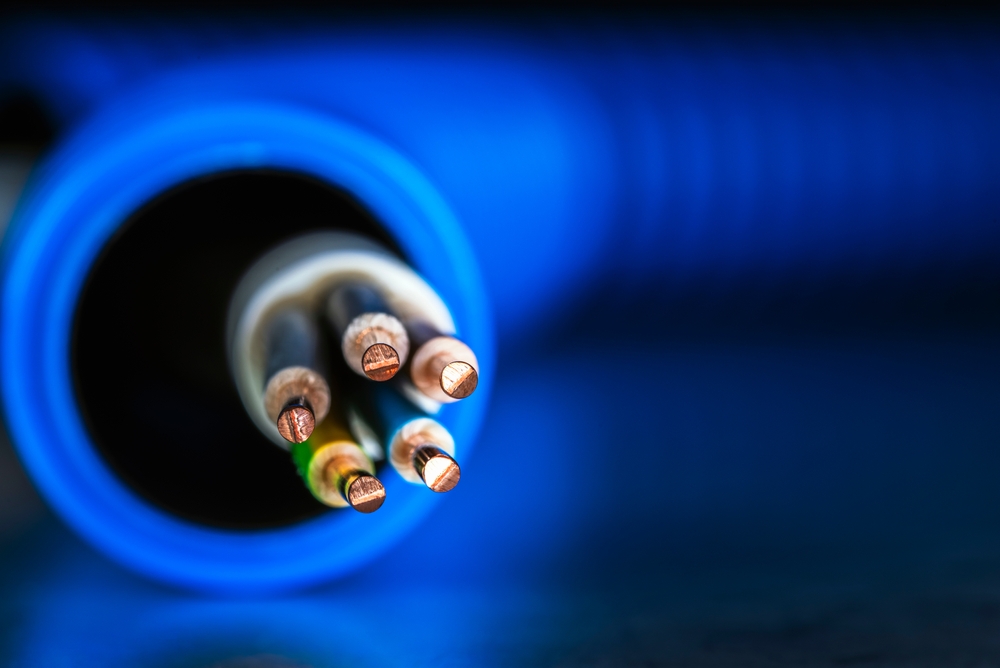Understanding Conduit Bushings: Safety, Uses, and Selection Tips
Posted on Thursday Jan 16, 2025 at 02:08PM in Educational Resources
Understanding Conduit Bushings: Safety, Uses, and Selection Tips
In any electrical system, protecting wires from damage is essential to maintain safety and efficiency. Conduit bushings play a crucial role in safeguarding wires from sharp conduit edges, reducing wear and tear, and ensuring that installations meet electrical code requirements. In this guide, we’ll cover the importance of conduit bushings, their uses, and expert tips for selecting the right ones for your next project.
1. What Are Conduit Bushings?
Conduit bushings are fittings placed on the ends of conduits to protect wires from being damaged by sharp edges. They provide:
- Mechanical Protection: Prevent abrasion of wires as they pass through conduit openings.
- Electrical Insulation: In certain types, bushings help reduce the risk of short circuits.
- Compliance with Code: Ensure installations meet NEC safety standards.
2. Common Types of Conduit Bushings
a. Plastic (Nylon) Bushings
- Lightweight and non-conductive.
- Commonly used in residential and light commercial applications for added wire protection.
b. Metal Bushings
- Made of durable materials like steel or zinc.
- Used in industrial applications for heavy-duty protection.
c. Insulated Bushings
- Feature a plastic liner for enhanced electrical insulation.
- Recommended for installations involving high-voltage systems.
For projects involving high loads and demanding environments, consider integrating high-quality transformers for optimal performance.
3. Benefits of Conduit Bushings
a. Enhanced Electrical Safety
By reducing wire abrasion, bushings minimize the risk of electrical faults and short circuits, creating safer systems.
b. Improved Durability
Protecting wires from physical damage ensures that electrical systems remain functional for longer, reducing maintenance costs.
c. Code Compliance
Using conduit bushings helps electricians meet NEC safety standards, ensuring that installations pass inspections.
d. Versatility
Bushings can be used in a wide range of applications, from residential wiring to large industrial projects.
4. How to Choose the Right Conduit Bushing
a. Match to the Conduit Type
Ensure the bushing size and material are compatible with the conduit type, whether it's EMT, PVC, or rigid metal.
b. Consider Voltage Requirements
For high-voltage applications, insulated bushings provide added safety.
c. Factor in Environmental Conditions
In damp or outdoor environments, use corrosion-resistant metal or weatherproof plastic bushings.
d. Review Code Requirements
Verify that your bushings are UL-listed and meet NEC guidelines for your specific installation.
5. Installation Tips for Conduit Bushings
a. Inspect the Conduit Ends
Ensure conduit edges are smooth and free from burrs before installing the bushing.
b. Select the Right Tools
Use appropriate tools for tightening metal bushings to avoid over-torquing, which could damage the conduit or fitting.
c. Position Bushings Correctly
Ensure that bushings sit snugly on the conduit end, providing full coverage without gaps.
6. Explore Reliable Products at Revco Lighting
Revco Lighting and Electrical Supply offers a wide range of high-quality conduit bushings and electrical supplies. Pair your bushings with durable transformers and fittings to ensure your projects meet professional standards of safety and efficiency.
Conclusion
Conduit bushings are small but essential components that play a critical role in protecting wires and ensuring safe, compliant electrical installations. By understanding their uses, types, and proper selection criteria, electricians and contractors can improve the durability and safety of their projects.
For all your electrical supply needs, including bushings, fittings, and transformers, trust Revco Lighting and Electrical Supply. Our expert team is here to support your success with reliable products and professional guidance.

Tags: #codecompliant #conduitbushings #electricalinsulation #wireprotection